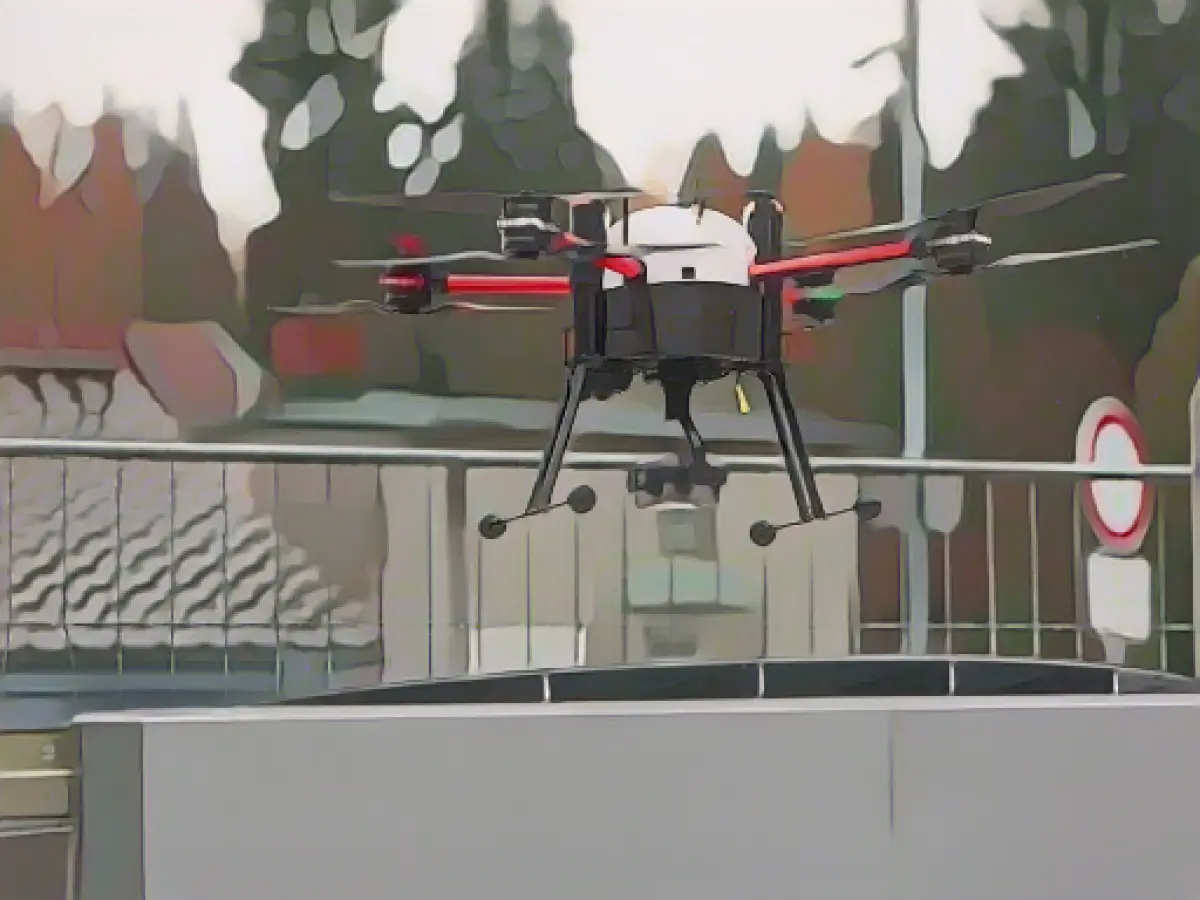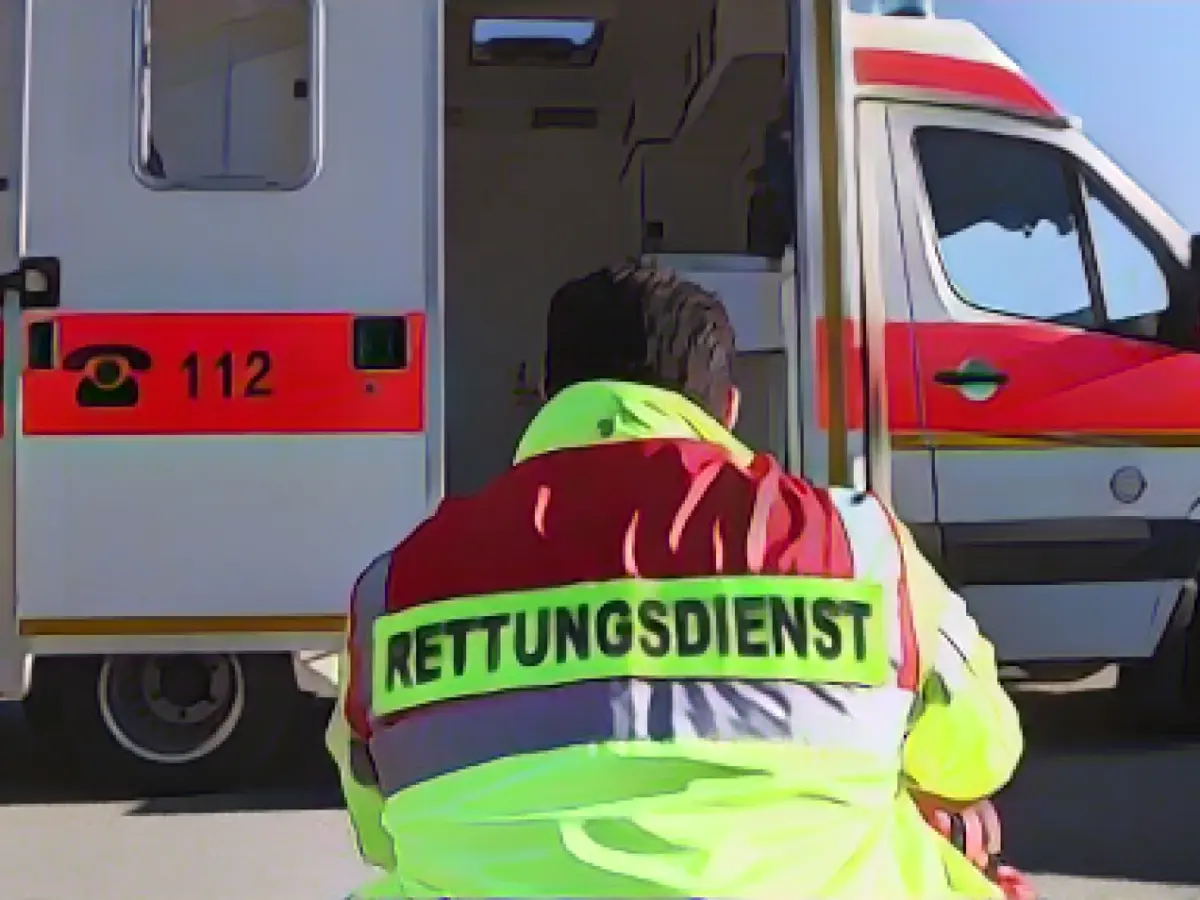Testing Drone Assistance for Emergency Responses in the Harz District 🚁
Fire departments and disaster control teams in the Harz district are testing the potential of drones to support their operations. If the pilot project proves successful, the district will have an up to 15-drone network by February 2024, with the capability to fly for up to 45 minutes and reach heights of up to 120 meters. The drone will help in emergency situations, assessing current situations, and providing live aerial images.
Testing Drone Tech in Challenging Conditions
The test drone is located in Elend, the Harz district, and will be used in various emergency scenarios, including accidents, fires, and natural disasters. By utilizing drone technology, rescue operations can become more efficient and effective, especially in geographically challenging areas.
Drones as Emergency Response Allies
Drones have embraced an essential role in modern emergencies, providing the following benefits:
- Enhanced Situational Awareness: High-resolution cameras and thermal imaging allow drones to quickly assess fire spread, pinpoint hotspots, and identify safe routes for firefighters.
- Aerial Surveillance: Drones efficiently cover large areas and offer continuous monitoring over specific regions.
- Access to Inaccessible Areas: By reaching areas often inaccessible to humans, such as complex terrains, drones can provide critical information, playing an indispensable role in urban firefighting scenarios.
- Cost Efficiency: Drones conserving resources during firefighting operations represents a significant cost reduction.
Widespread Implementation in Germany
The potential for drone technology integration across Germany is noteworthy, considering several aspects such as:
- Integration with Existing Systems: The "drone-in-a-box" solution, developed by Nokia and Motorola Solutions, can seamlessly integrate with emergency services, providing an accurate overview of emergencies in real-time.
- Autonomous Inspection: The Exabotix DRONEPORT system offers autonomous inspection and monitoring capabilities, guaranteeing data security and regulatory compliance.
- Counter-Drone Technology: Advanced counter-drone solutions can thwart unauthorized drones from disrupting firefighting operations.
- Public Safety Initiatives: Innovative communication systems, like that used by the Hamburg fire brigade, can improve efficiency and response times, thus paving the way for drone integration within emergency response systems.
Future Implications for the Harz District
The Harz district may greatly benefit from drone technology, given the geography and weather conditions. Utilizing this technology could lead to faster response times and optimized resources during emergencies, like wildfires or oil spills.
To conclude, drone technology has emerged as a valuable tool in enhancing situational awareness, reducing response times, and improving safety for fire departments and disaster control teams. The test implemented in the Harz district could define the future role of drones in emergency response systems across Germany, ultimately serving to create a safer society.
[1] "Drones in Firefighting": www.unmannedsystemstechnology.com/features/drones-in-firefighting/ [2] "Drone-based Emergency Response Solutions": www.nokia.com/en_intl/solutions/smart-spaces/public-safety/drone-based-emergency-response/ [3] "Exabotix": www.exabotix.com/ [4] "Counter-Drone Technology": www.multispectral.co.uk/counter-drone-technology/ [5] "Public Safety Initiatives in Hamburg": www.frequentis.com/news/frequentis-supports-hamburg-fire-brigade-in-implementing-ghmp-emergency-call-system/]








